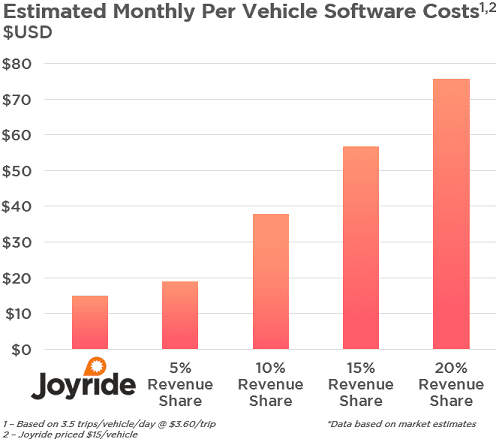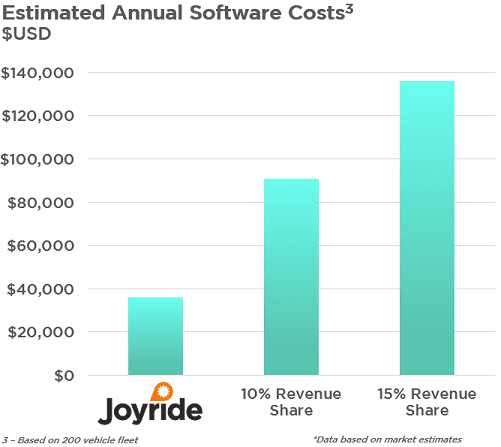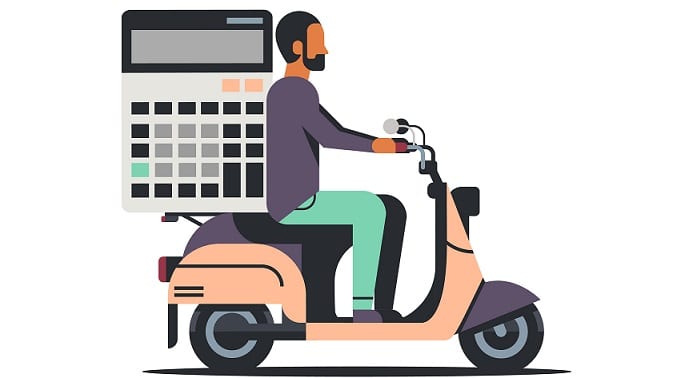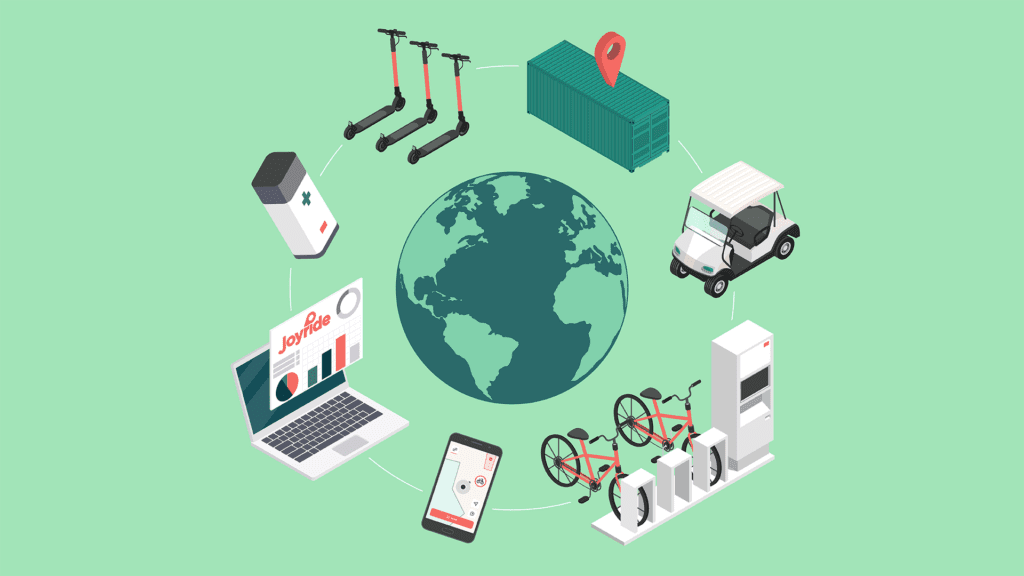When selecting a software platform to jump-start your electric scooter or bike-share company, it’s important to think about planning and payment structure at the onset. Operators are typically presented with three subscription models: a flat rate charge per vehicle, a revenue share system where a lowered flat rate is charged in addition to a profit share usually ranging from 5% to 30%, or a combination of both. In light of Joyride’s all-new pricing plans, we’re here to show why a flat rate model is better for your bottom line.

Of course, the micromobility business is all about sharing. But your rising profits shouldn’t be part of that equation. Here’s why the revenue share model is flawed and potentially stifling to your growth:
- It’s less predictable, making it difficult for businesses to forecast their profits at the end of each month.
- New operators in particular should be reinvesting their profits into their own fleet rather than funding their software provider.
- With revenue sharing, you’re limiting your exponential growth potential because the faster you scale the more you end up forfeiting. And if your company really grows, this model becomes unsustainable.
- There’s a dark side to shared payment systems in terms of credit card disputes, refunds, identity theft, etc. Paybacks can be complicated and are just another thing to administer. These are just built-in casualties to this payment system.
Why share a cut of your sales if you can access equally sophisticated operating software that doesn’t take a percentage?
It’s a question we often answer. And the reasons are clear. Under a flat rate plan, the cost is always predictable and transparent. You’re never penalized for being successful, rather you continue to pay per vehicle with no additional fees beyond that.

For example, when compared with a 10% revenue share plan, Joyride’s flat rate model at $15/vehicle/month would save you approximately $55,000 per year. Let’s say you then reinvest this surplus back into your business and purchase 90 more scooters. With these additional scooters on the market, you’re now able to generate significantly more revenue for your business, which means even after all expenses paid to Joyride, the true cost of sharing 10% of your revenue can be $392,040/year. Imagine the losses once you factor in additional flat rate fees and/or higher revenue share percentages.

So how does a flat rate model benefit Joyride, too? Once again, predictability prevails. Knowing exactly what we’re receiving from our global list of operators on an ongoing monthly basis means we can focus more attention on developing products and software year-round. And by keeping more of the profits in your pocket, it allows you to reinvest further into your business by adding more vehicles onto the platform.
Our goal is to ensure our customers are in business for the long haul, with us by their side.
Learn more about our newest pricing plans and contact sales for more details about our monthly flat rates.






